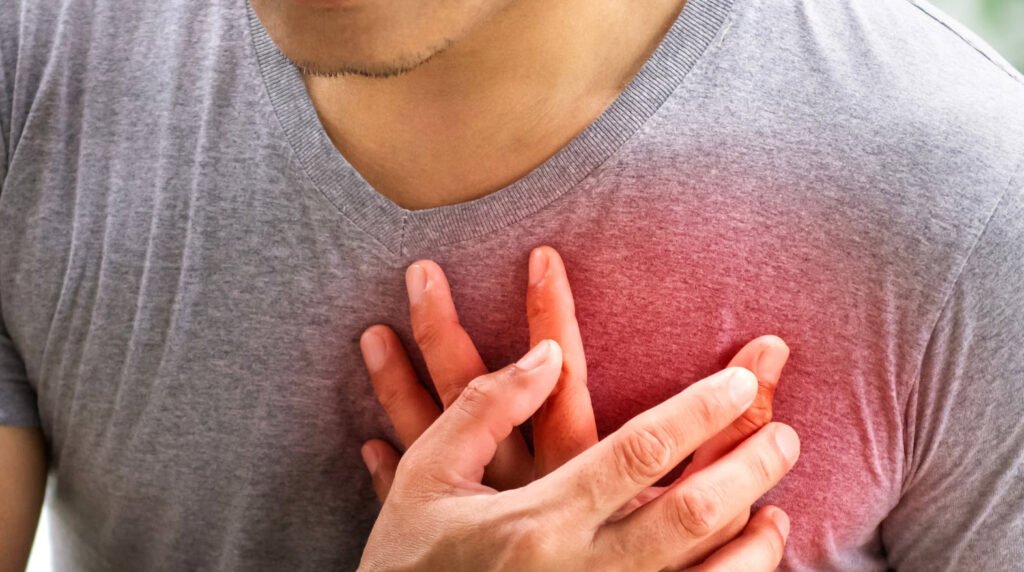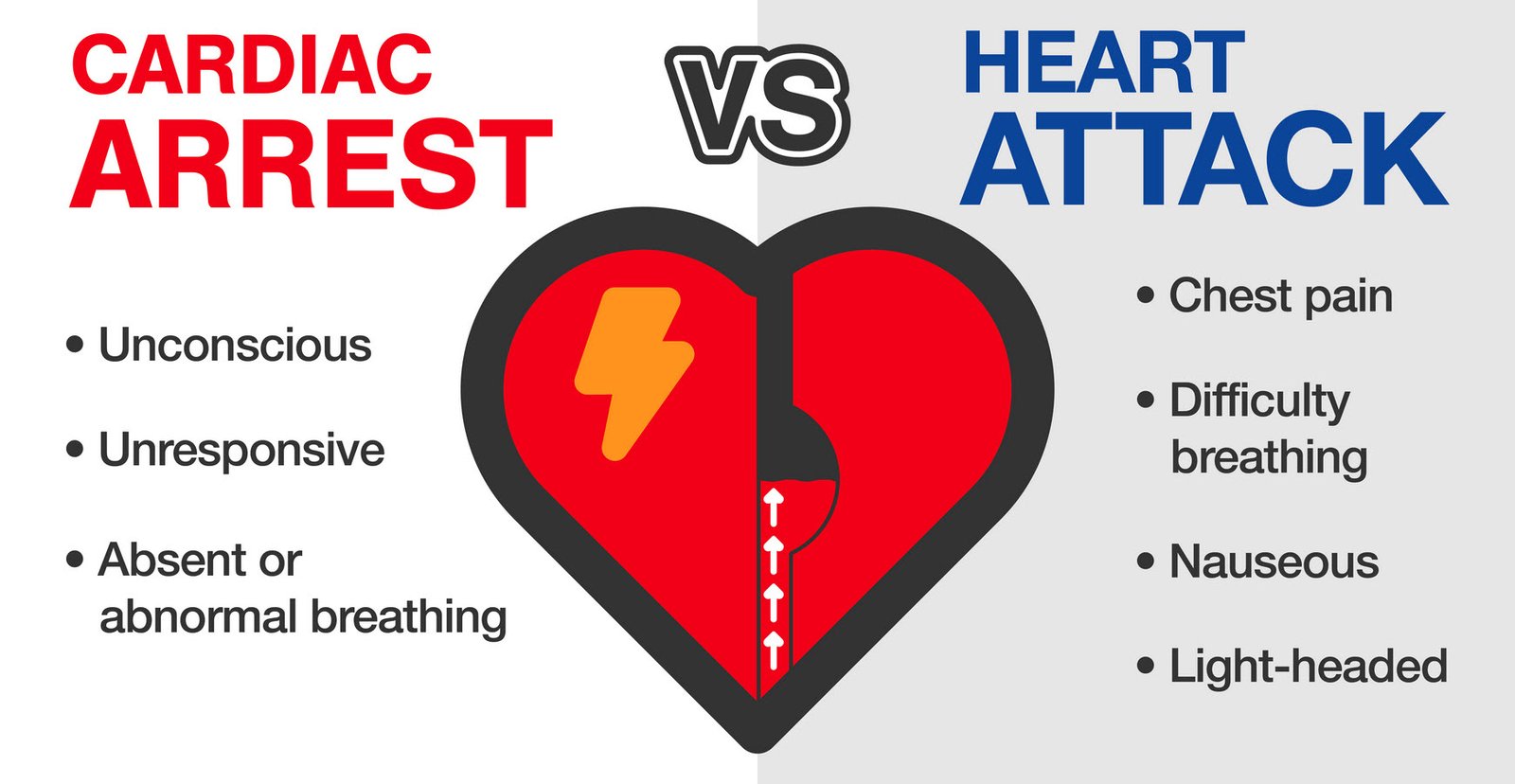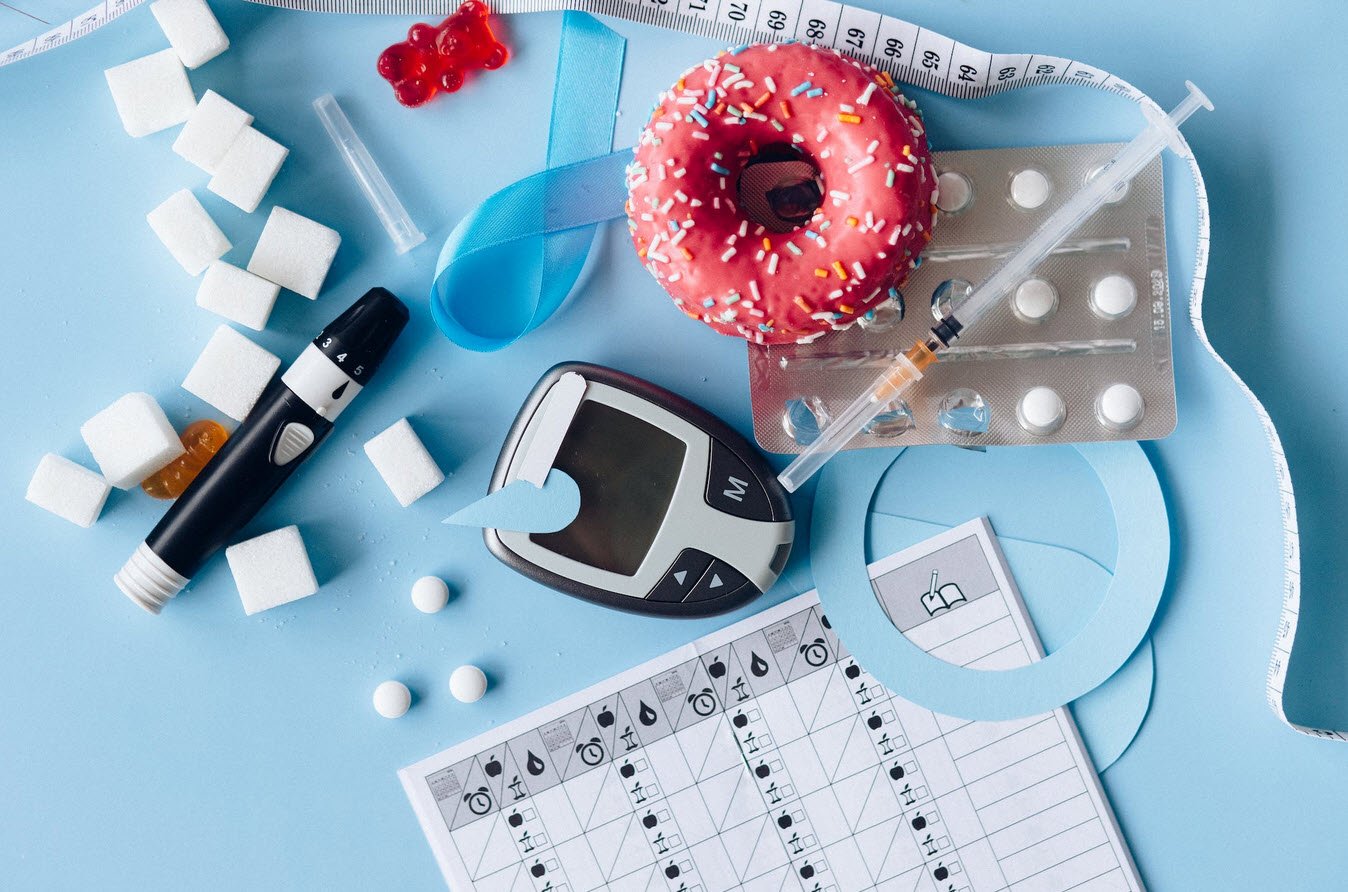
Our hearts are vital organs that keep us alive, tirelessly pumping blood to nourish our bodies with oxygen and nutrients. However, they are not immune to complications, and two common heart-related emergencies are often confused: cardiac arrest and heart attack.
While both can be life-threatening, they are distinct medical events with different causes, symptoms, and treatments. Understanding the differences between them can be crucial for timely intervention and saving lives.
Cardiac Arrest: When the Heart Stops Beating
Cardiac arrest is a sudden and unexpected event that occurs when the heart experiences an electrical malfunction, causing it to stop beating. This abrupt cessation of heart activity results in an immediate loss of consciousness. Individuals who suffer from cardiac arrest typically exhibit these telltale signs:
- Loss of Consciousness: Victims of cardiac arrest will suddenly collapse and become unresponsive.
- Absence of Pulse: There is no detectable pulse, making it challenging to feel the heartbeat.
- Gasping or Not Breathing: The person may exhibit irregular, gasping breaths or stop breathing altogether.
- Life-Threatening Condition: Without prompt intervention, cardiac arrest can quickly lead to death, often within minutes.
The Role of Automated External Defibrillators (AEDs)
One of the most critical elements in treating cardiac arrest is the use of automated external defibrillators (AEDs). These devices are designed to analyze a person’s heart rhythm and determine if an electrical shock is necessary to defibrillate the heart and restore a normal rhythm.
Not all rhythms require a shock, but in all cases, starting cardiopulmonary resuscitation (CPR) is crucial. CPR helps maintain blood flow to vital organs and can be a life-saving measure until professional medical help arrives.

Heart Attack: A Blockage in Blood Flow
In contrast to cardiac arrest, a heart attack is caused by a blockage in one or more coronary arteries, disrupting the flow of oxygen-rich blood to the heart muscle. This blockage can result from the buildup of fatty deposits or a blood clot. Symptoms of a heart attack can vary widely, with some people experiencing sudden onset and others having symptoms that develop over hours, days, or even weeks. Common signs of a heart attack include:
- Chest Pain or Discomfort: Many heart attack victims describe a feeling of pressure, squeezing, or pain in the chest, which may radiate to the back, neck, jaw, or arms.
- Shortness of Breath: Difficulty breathing or a sense of breathlessness can accompany a heart attack.
- Cold Sweats: Profuse sweating, particularly cold and clammy perspiration, can occur.
- Nausea and Vomiting: Some individuals may experience nausea and may vomit during a heart attack.
The Importance of Timely Intervention
Unlike cardiac arrest, where the heart suddenly stops beating, the heart continues to pump blood during a heart attack. However, the section of the heart deprived of oxygen-rich blood due to the blockage begins to die. The extent of damage depends on how quickly the blockage is cleared and blood flow is restored.
Timely medical intervention is crucial in limiting the damage caused by a heart attack, and treatment options may include medications, angioplasty, or bypass surgery.
In summary, while both cardiac arrest and heart attack are serious medical conditions affecting the heart, they have distinct causes and symptoms. Cardiac arrest is the result of an electrical malfunction, leading to the sudden stoppage of the heart, while a heart attack is caused by a blockage in the coronary arteries.
Recognizing the differences between these two conditions and knowing how to respond appropriately can be lifesaving. If you suspect someone is experiencing a heart attack or cardiac arrest, it is vital to seek immediate medical assistance and, if available, use an AED or administer CPR. Being prepared and informed can make a significant difference in preserving lives when it matters most.









This Post Has 2 Comments